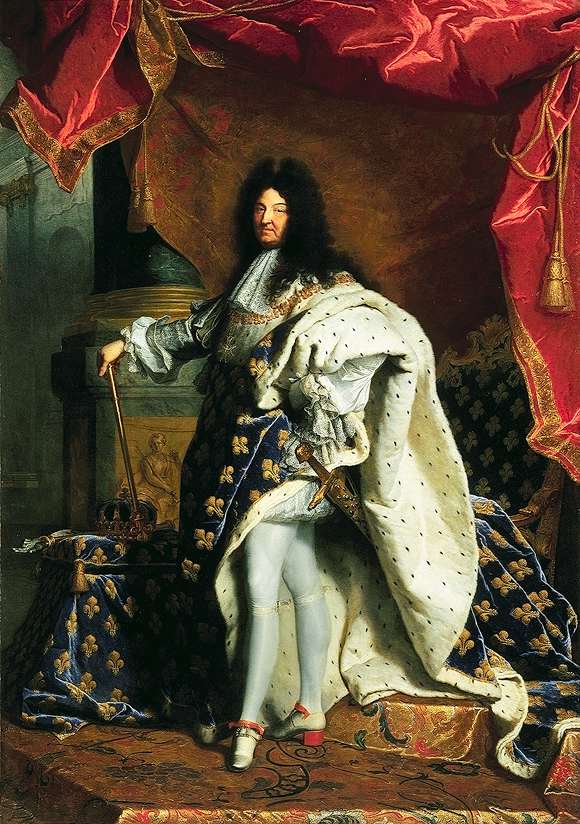
Along with the heads of Louis XVI and his queen Marie Antoinette, another casualty of the French Revolution was tea.
Yes, really. It's a little known fact, but after its introduction to Europe in the 17th century tea was tremendously popular in France. It first arrived in Paris in 1636 (22 years before it appeared in England!) and quickly became popular among the aristocracy. Cardinal Mazarin, the most powerful man in France under Louis XIV (great-great-great grandfather of the unfortunate Louis XVI), took tea regularly. Actually, he started drinking it because he thought it would help his gout, but it's a safe bet he continued because he enjoyed the taste!
The Sun King himself, as Louis XIV was known, became a tea drinker in 1665. He thought it would help his gout, too, and also had been told that the Chinese and Japanese never suffered from heart problems.
Tea was so popular in Paris that Madame de Sévigné, who chronicled the doings of the Sun King and his cronies in a famous series of gossipy letters to her daughter, often found herself mentioning tea. "Saw the Princesse de Tarente [de Sévigné wrote]... who takes 12 cups of tea every day... which, she says, cures all her ills. She assured me that Monsieur de Landgrave drank 40 cups every morning. 'But Madame, perhaps it is really only 30 or so.' 'No, 40. He was dying, and it brought him back to life before our eyes.'
Madame de Sévigné also reported that it was a Frenchwoman, the Marquise de la Sablière, who initiated the fashion of adding milk to tea. "Madame de la Sablière took her tea with milk, as she told me the other day, because it was to her taste." (By the way, the English delighted in this "French touch" and immediately adopted it.)
Geen opmerkingen:
Een reactie posten